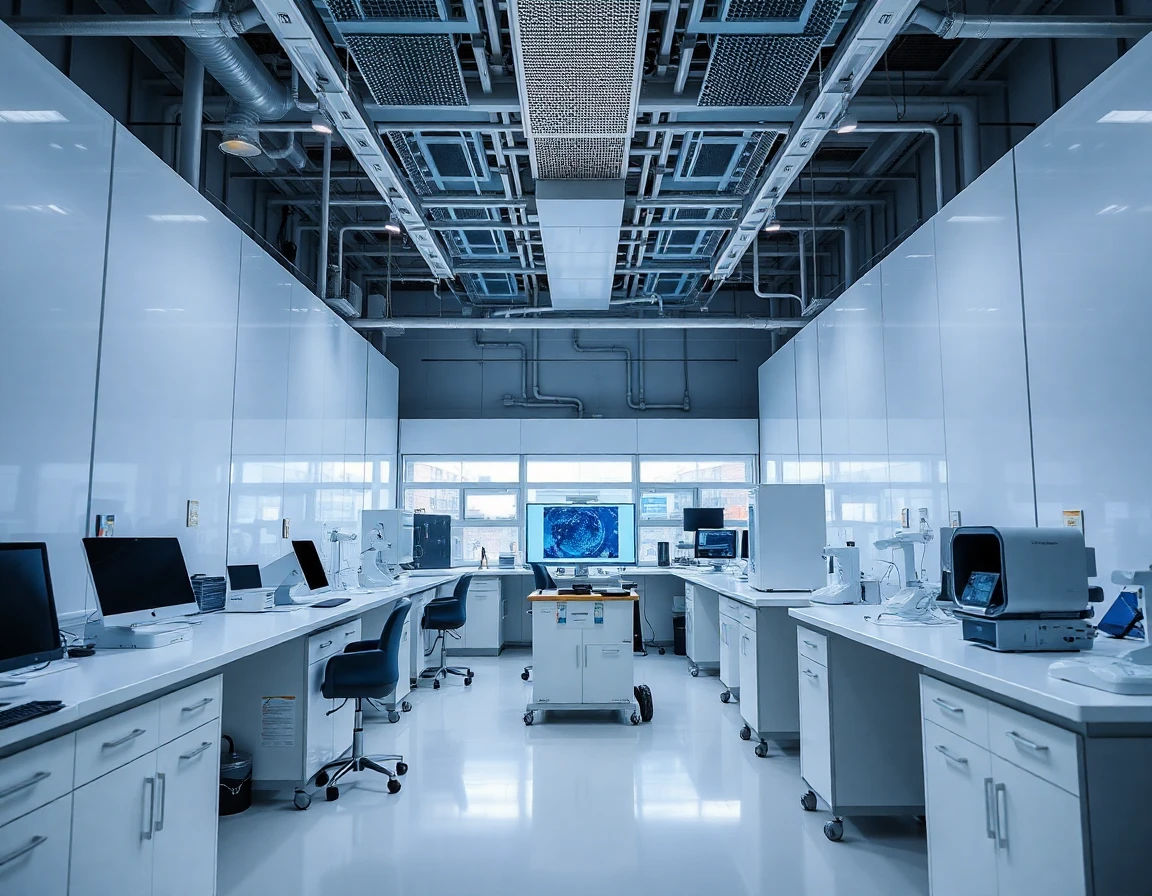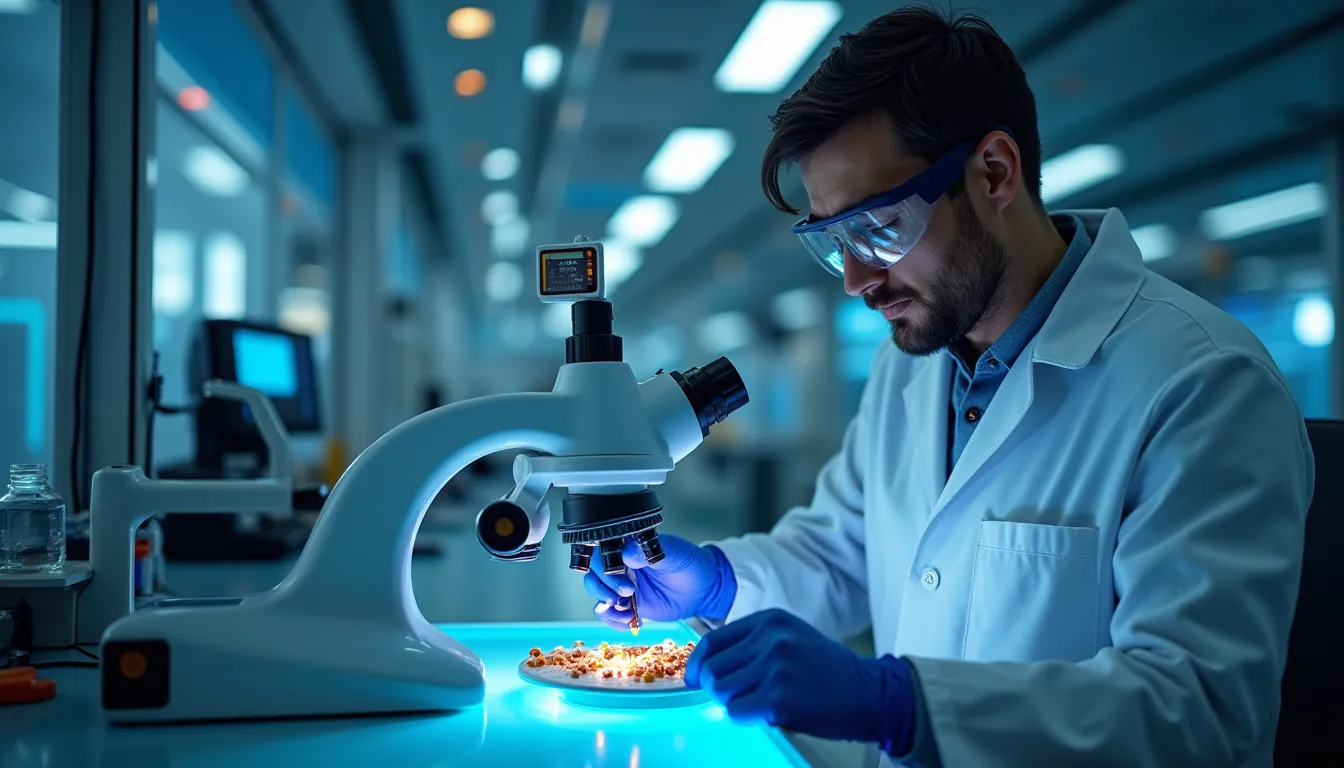The Space Debris Challenge
As humanity’s activities in space expand, so does the problem of space debris. With an estimated 34,000 pieces of debris larger than 10 cm orbiting Earth, the risk of collisions with operational satellites and crewed spacecraft is a significant concern. The accumulation of space debris threatens not only current satellite-communication systems but also the future of space exploration and commerce.
According to Dr. Sarah Mitchell, a leading expert in aerospace engineering at the Institute for Space Studies, “The increasing density of debris in low Earth orbit (LEO) presents a critical challenge for both existing satellites and future missions. If left unaddressed, space debris could lead to catastrophic collisions, rendering entire regions of space unusable.”
Understanding Space Debris Removal Technologies
Space debris removal technologies can be broadly categorized into active and passive methods. Active methods involve the use of specialized devices designed to capture and deorbit debris, while passive methods focus on preventing the creation of more debris.
Active Debris Removal (ADR) Techniques
-
Robotic Arms and Nets: One of the most promising approaches involves using robotic arms or nets to capture larger debris objects. These devices can be mounted on dedicated removal spacecraft, which can then safely deorbit the captured debris.
-
Laser Systems: Laser technology has shown potential for debris removal by using directed energy to alter the trajectory of smaller debris. Systems like the ZQXXSDRSS System, a high-performance APD quadrant detector, can enhance the precision of laser guidance systems. This technology is crucial for accurately detecting and targeting debris during removal operations.
-
Electrodynamic Tethers: These devices generate thrust through electromagnetic forces when deployed in orbit. By attaching tethers to derelict satellites, operators can manipulate their orbits and guide them toward re-entry into the Earth’s atmosphere.
Passive Debris Mitigation Strategies
While active removal technologies are essential, preventing further debris generation is equally important.
-
End-of-Life Procedures: Implementing strict end-of-life protocols for satellites, such as deorbiting or moving to a graveyard orbit, can significantly reduce the creation of new debris.
-
Design Improvements: Engineers are increasingly focusing on designing satellites that minimize debris risk, such as using materials that are less likely to break apart upon collision.
Industry Perspectives on Space Debris Removal
As the space industry evolves, companies are increasingly recognizing the importance of debris removal. Recent partnerships between governmental agencies and private companies are paving the way for innovative solutions.
“The collaboration between NASA and private space firms is vital in addressing the space debris crisis,” notes John Reynolds, CEO of Orbital Clean-Up Systems. “By leveraging cutting-edge technology and engineering, we can develop effective solutions that protect our satellites and ensure a sustainable space environment.”
The Future of Space Debris Removal
Looking ahead, the future of space debris removal appears promising but requires concerted efforts from governments, industries, and international organizations. Initiatives like the European Space Agency’s (ESA) ClearSpace-1 mission, which aims to capture and deorbit a piece of space debris by 2025, highlight the urgency and potential of these technologies.
Moreover, advancements in satellite-communication technologies necessitate the protection of orbital paths. As satellites become more interconnected and reliant on each other for data transmission, ensuring their safety from debris is paramount.
Conclusion: The Vital Role of Collaboration
The challenge of space debris removal is complex and multifaceted, but through innovative technologies and collaborative efforts, the aerospace industry can address this pressing issue. As we advance into a new era of space exploration, the implementation of effective debris removal strategies will be crucial in maintaining access to space for future generations.
In summary, the integration of advanced tracking systems, such as the ZQXXSGDSS System, which enhances laser beam positioning for debris targeting, will be instrumental in developing efficient removal methods. As the industry evolves, so too must our strategies for safeguarding our shared orbital environment.
Together, we can ensure that space remains a frontier for exploration, innovation, and communication for years to come.



